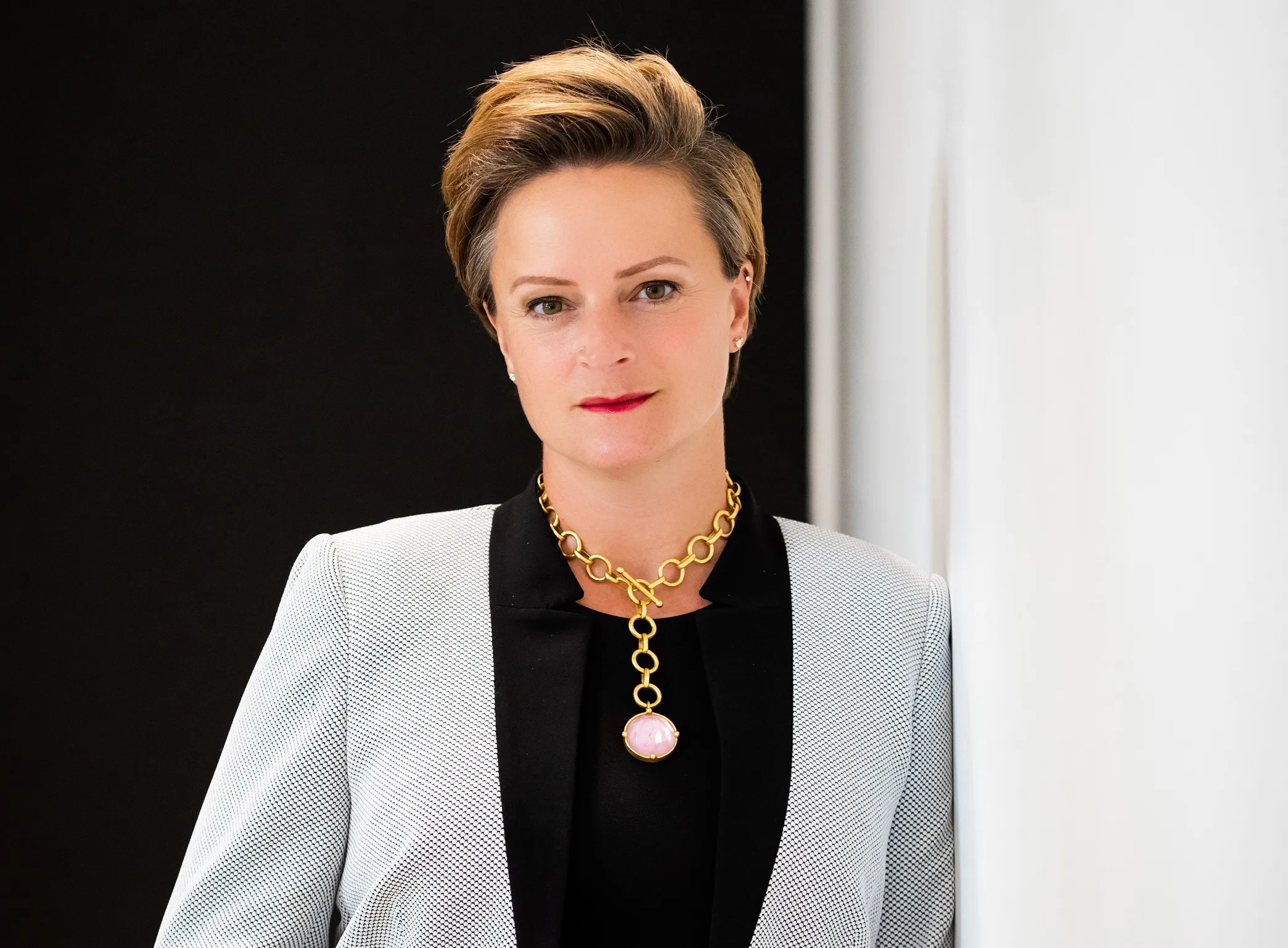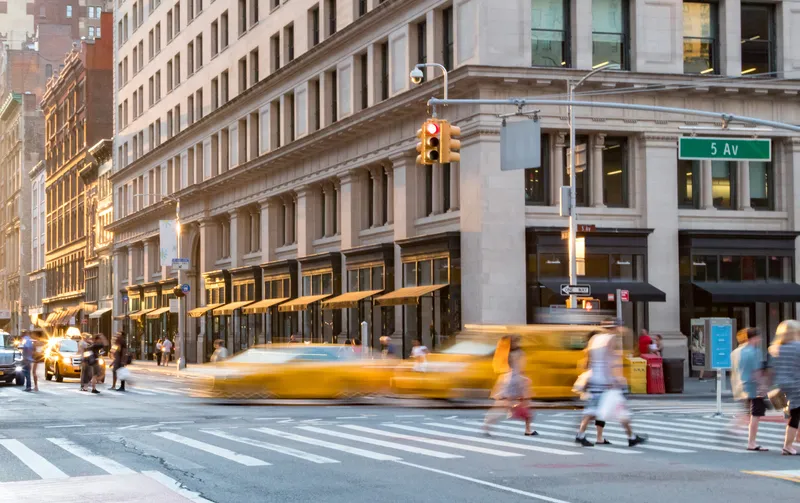
Q PC-based urban traffic control is now very well established throughout the world. What have been the most significant developments or new features that have become available over the last two years?
A That’s a really interesting question because, from a software perspective, a few things are noticeable. Firstly, there are more players on the market –
Another development in PC-based urban traffic control is that Scoot (Split Cycle Offset Optimisation Technique) has moved on. In 2012 London held the Olympics so we did some special development which was code named JTR Gold - the gold tag was not just symbolic for the Olympics, but stood for Games Operations Led Development. The JTR Gold function in Scoot was used in the vital and time-conscious retiming of 1,500 sets of signals to create the capacity in the network and to assist the Olympic Route Network. It is now being used by authorities around the world which have Scoot to keep the JTR in track on prime corridors and prioritise key routes where required.
But I think the biggest development from a traffic control perspective is the innovation and change that is happening in the detector market. Video, radar, Bluetooth, and magnetometers have all seen tremendous growth and focus from authorities. In my role as Honorary Secretary for ITS UK Urban Interest Group, not one meeting goes past without a presentation on Bluetooth detection!! But actually these technologies are opening up a small revolution in that many now also detect, or are focused on, cyclist detection and pedestrian detection. We have been waiting for these advancements to happen in order that we can deliver the next revolution in Scoot, allowing for modal priority and management regardless of modes, be it priority to pedestrians, cyclists, buses or trams, and of course, the good old cars!
These advancements are all driven by a change in policy and the desire to influence people modal choice and their behaviours so these are really interesting times!!
Q Looking forward over the next five years, how do you see PC-based UTC developing/changing: What are going to be the big game changers and the big enablers?
A I’ve alluded above to modal functionality. I think developments in this area, coupled with advances in detectors are going to be the big drivers in the next five years. Movement from a server in the back of a control room to Cloud based systems is probably a given, and whilst they probably open up the ability to handle and process “big data”, I think in the short term, what they probably offer is greater resilience. That said, your resilience is only going to be as strong as your coms are.
The other change is the integration of modelling and short term prediction. There is no doubt that this is where processing power is going to make things different. And whilst we are working in several areas I remain open to be convinced of the pure benefits of prediction, versus realtime operational adaption, for which Scoot just cannot be touched.
To answer the question in a more immediate sense, let’s consider that if I was an authority, what game changers and enablers am I going to be looking for? I would probably want to pick and choose any or all of the above but what wouldn’t be in the front of my mind, which I think will become more important, is the interoperability of the systems I choose.
Innovation is great; innovation drives new companies into the traditional markets, new companies can innovate faster, but with this comes risk to the authority. They may want to buy that latest traffic management gadget, but will the same supplier be there in a few years by which time the traditional suppliers have caught up with robust, thoughtful integrated solutions that leverage their market position? That has to be a concern so interoperability and the ability to swap in, swap out, mix and match, pick and choose should always be a key part of the decision process by an authority. And this in itself is good for traditional suppliers, TRL included; it keeps us on our toes, and drives our behaviour in the right way.
Q Bluetooth is a growing data source for traffic, and indeed pedestrian and public, flows. How do you view its impact and, looking forward, the impact longer range Bluetooth protocols are likely to have?
A I’ve already spoken about Bluetooth and I can certainly see that it is going to drive innovation in systems, and information on people’s behaviour. Bus Priority is a really good example here. A bus comes along to traffic lights, with its GPS tags, it sets off a call function and the green lights come in quicker giving it “priority”. But if the bus was early and also empty, what has it achieved? In that case, there was no need to give the bus priority, and certainly not at the cost of delaying other traffic.
Now take the same scenario, but using Bluetooth sensors. You know that the bus is full as there are many blue tooth IDS, so there’s a strong reason why priority should be given. And also, the fact that that the bus stop ahead is busy has been detected through another Blue tooth detection of multiple ID’s. Feed that information back in real time to the bus controller and they can see demand building, and possibly being exceeded on given routes and can respond.
Preferential priority like this can be realised today; it has a very valid use, and it would be an efficient way of using Bluetooth technology. However, my last thought on Bluetooth goes back to 2012 and something we did in the office. Thinking about Bluetooth, I did a quick poll in the office and it showed that there were a lot of smart phones. But when we enquired, not a great deal of people had the Bluetooth function switched on when they drive.
Now, ASK a very similar question, who has wifi turned on when they drive? And I pretty much guaranteed that I will get a 99% show of hands! Wifi detection would seem on the face of it, be the provider of a far greater volume of people, and remove the doubt that Bluetooth only detects x% of people. Of course the major hurdle in harnessing and using wifi is the need to sort out the privacy fears and that should be the next few years of innovation sorted.
%$Linker:









